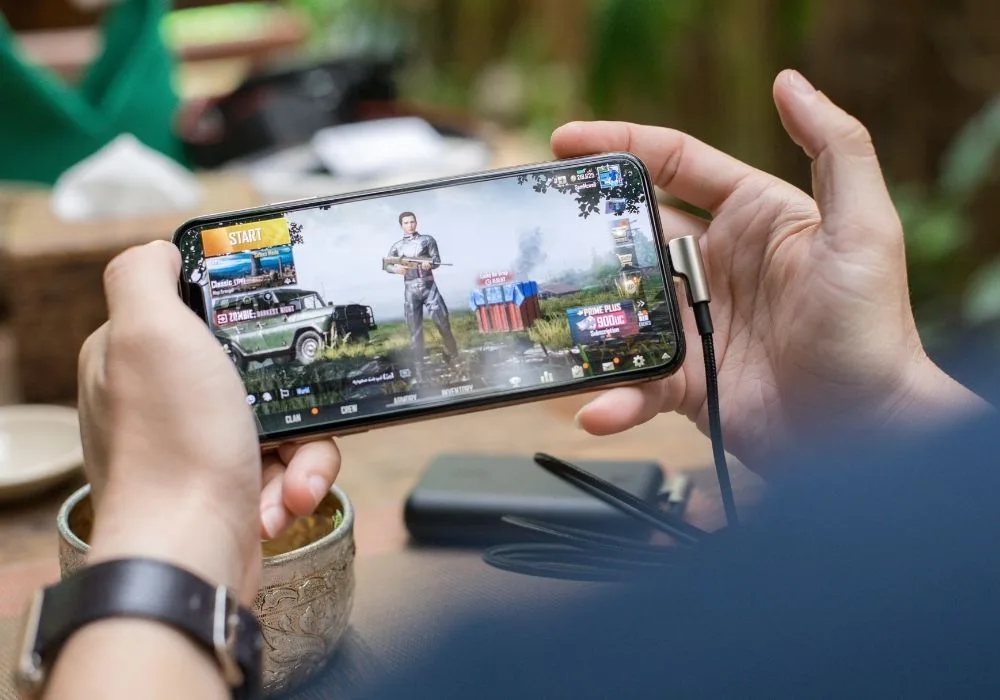By KC Karnes, Head of Content Marketing, CleverTap
In January, Superdata Research reported that worldwide digital games market earnings rose by 15% to reach $11.6B and mobile grew by 6%.
This milestone is not only important for the gaming industry, but also for the billions of global gamers who expect this growth to lead to more investment in the latest mobile gaming technology and updates such as 5G, in-game advertising and cloud gaming.
With mobile gaming showing no signs of slowing down, which trends will truly matter in 2021 and how will these trends continue to accelerate this growth and evolution? Let’s look at four key trends for 2021 and beyond, as well as the statistics that support these trends. For the full list of trends and statistics around the future of mobile gaming, check out our infographic.
Trend 1: All Generations Will Continue to Enjoy Mobile Gaming
Remember when you were tied to a plugged-in console and had to return a video game to Blockbuster after the weekend? While those days and gaming restrictions might be in the past, the gamers of yesterday are still very much relevant and plugged in to their favorite games.
However, video games – like generations of players – have grown up. You can now enjoy your game on the go, play on a number of devices with a number of friends around the world, and watch games in real-time. Here are some important stats around generational gaming.
- The average age of a video game player is 35 to 44 years [Source: ESA]
- Nine in ten (90%) of Gen-Zers classify themselves as gamers, compared to 59% of the American population [Source: Media Post]
- Two in five (40%) of Millennials said they’d been gaming more during the pandemic [Source: YouGov]
Trend 2: 5G is Here And It’s Changing the Gaming Experience
In 2020, the demand for faster connectivity, due to the increase of people working from home, called for a more robust 5G rollout. However, the pandemic slowed and delayed this expansion, but the benefits of 5G are definitely worth the wait for consumers and gamers:
- Lower latency rate or the time required for a set of data to travel between two points
- Increase in capacity for a richer multiplayer experience
- Greater streaming opportunities for live service games or cloud gaming
It might be early days for the roughly 200 million people currently enjoying 5G in the U.S., but here are some stats to keep an eye on.
- The three major gaming platforms are Google Stadia, Microsoft xCloud, and Steam Remote Play [Source: RootMetrics]
- To stream games to a screen at 720p resolution, a player would need an internet connection speed of approximately 15 megabits per second compared to 35Mbps or more to play games in 4K [Source: Polygon]
- The worldwide cloud gaming market will grow to 124.7 million users by 2022 [Source: Newzoo]
Trend 3: Mobile Gaming Will Be Even More Social
If you haven’t heard of the game Among Us, you’re probably the only one. First released in 2018, it encourages players to work together to complete a number of tasks while one or two ‘secret’ players are trying to prevent the team from succeeding. This game has found a formula for success: encouraging people to come together in a fun and empowering way. These stats prove that gamers are being social, even if it’s at a distance or from the other side of the world.
- In 2020, more mobile users downloaded Among Us than any other games worldwide. The game saw 41 million downloads in the U.S. and 264 million downloads worldwide [Source: Apptopia]
- Four in ten (40%) said they have met people through video games that they otherwise would not have [Source: ESA]
- A quarter (25%) of existing gamers in the U.S. said they prefer playing multiplayer/online modes to single-player, compared to a third (33%) of new gamers in the U.S. who said the same [Source: Facebook]
Trend 4: More Screen Time Will Be Given To In-Game Ads
The shift in consumer behavior has meant that mobile game advertisers must readjust their strategies to make room for smarter, playable ads. Let’s take a look at the two most popular in-game ad formats*:
- Rewarded videos: users watch full-screen ads in exchange for in-app rewards
- Interstitials: full-screen ads that cover the interface of the app and appear between levels and activities
For marketers considering in-game ads, here are some stats to consider:
- A third (34%) of gamers said a rewarded video ad is the type that is more likely to prompt in-game purchases, compared to 11% who preferred static interstitial ads [Source: Facebook]
- Mobile app marketers spent $74.6 billion globally in 2020 to drive users to install mobile apps [Source: AppsFlyer]
- Nearly 4 in 5 (79%) developers using a hybrid approach said rewarded video is working more successfully [Source: Facebook and Walnut Unlimited]
As this year continues, marketers must continue to monitor the effects of gaming habits and behaviors. The question whether play more or less as they are able to venture outside of their homes has yet to be answered. The great thing: mobile gaming allows players to now do both.









